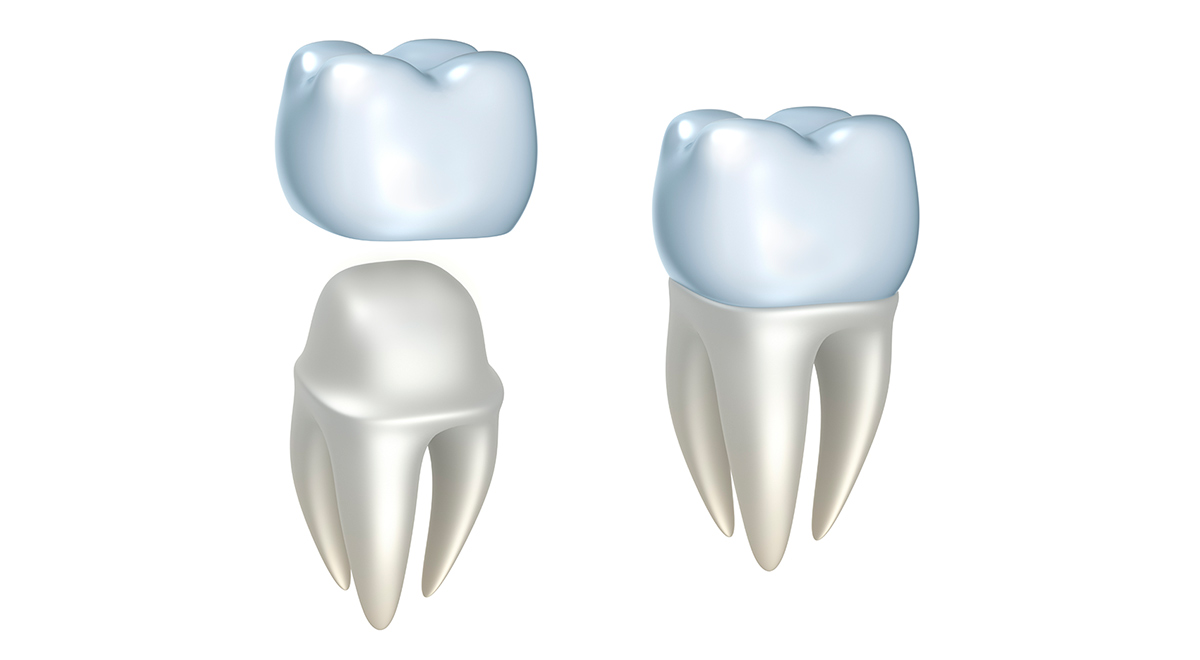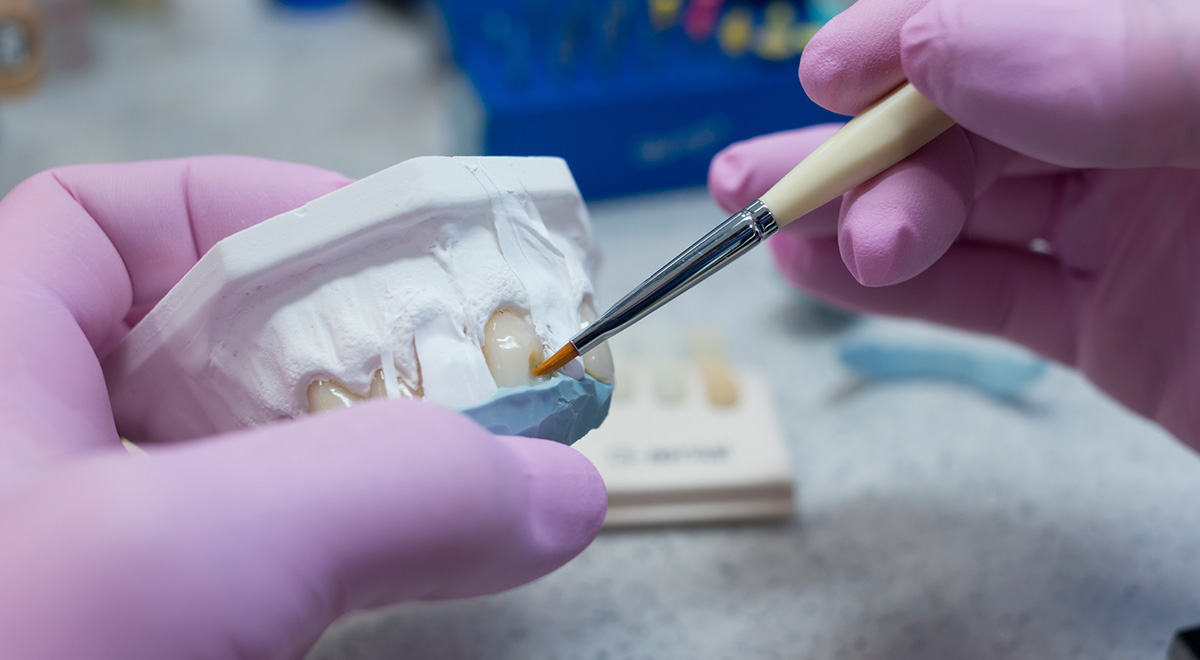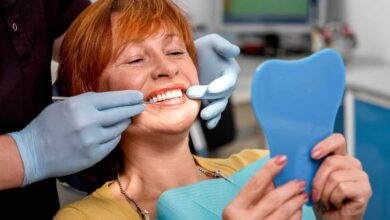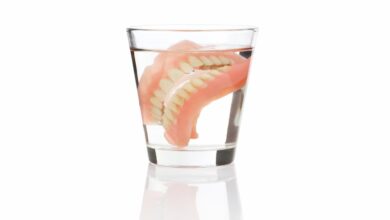Pros And Cons Of Porcelain Crowns
With all the technological advancements made in the world of cosmetic and restorative dentistry we no longer have to live with damaged, stained or missing teeth. And we no longer have to put up with a bite deficiency that hampers our speech and chewing, or grapple with self-image issues due to the appearance of our teeth. One of the modern dental treatments that not only restores the strength and function of our teeth but also the smile aesthetics is porcelain dental crown.
What is a Porcelain Crown?
The dental crown is a tooth-like cap that is placed over a decayed or damaged tooth to reinforce its structure and protect it from further damage. Porcelain is a particular type of ceramic material that has been enjoying immense popularity among beauty-conscious dental patients. Not only is it a robust material, fabricated by firing and stacking, its aesthetic qualities – tooth-coloured material with lifelike translucency – are no less appealing. When the porcelain crown is fitted over a damaged tooth, it strengthens the underlying tooth while giving it a beautiful and natural-looking exterior.

These metal-free restorations are also biocompatible, therefore for suitable for patients who present with metal allergies. The strong and durable mechanical properties of all-ceramic porcelain restorations make it a great treatment of choice for bruxers – people with a habitual sub-conscious tendency to grind and clench their teeth. The porcelain crown offers an ideal solution in cases where decay, disease or injury has destroyed a large portion of the original tooth.
Why Porcelain Crowns are Popular
There is a reason why porcelain dental crowns remain a popular treatment option recommended by cosmetic dentists. Compared to other types of restorative treatments, porcelain crowns look a lot more natural, to the point that they are virtually indistinguishable from the rest of your healthy natural teeth. As such, they are ideal for repairing your damaged front teeth, or even used to restore the structure, function and aesthetics of discoloured fillings. When cemented properly, porcelain crowns work very well to protect what remains of the tooth that has been ravaged by decay or injury, while keeping it safe from further damage. They can even be used in conjunction with dental implants or used to support the anchorage of a bridge or denture. Crowns can also be crafted precisely as a creative method of helping your upper and lower teeth meet in ideal alignment in order to maintain a balanced bite.

More importantly, it solves a major aesthetic issue that exists with its metal-fused counterparts. Porcelain crowns eliminate the problem prevalent with most metal-fused crowns: That ugly dark line at the edge of the gums. Using modern processing technologies such as computer-aided design-and-mill (CAD/CAM) and hot pressing, porcelain dental crown procedures usher in the future of dental restorations with stronger dental and adhesive materials. The end results are stronger, more durable and aesthetically pleasing restorations.
Disadvantages of Porcelain Crowns
So what are the disadvantages? As with any technique or treatment option, there are bound to be drawbacks. Despite the strength and durability that porcelain materials possess, they cannot be expected to be as strong or lasting as metal. Similarly, they cannot produce the same biting forces that may be necessary for teeth that are designed for a lot of chewing functions, such as molars and pre-molars. For that reason, porcelain crowns are more commonly prescribed for front teeth, where the required biting forces are not nearly as pronounced.



![36725534_illustration [Converted]](https://www.qualitydental.com.au/wp-content/uploads/2022/08/Quality-Dental-Sydney-46-teeth-whitening-390x220.jpg)
